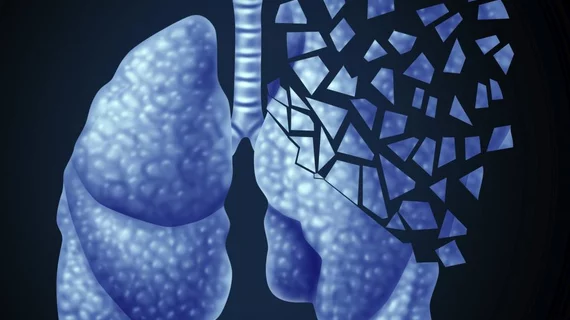A 'clear lack of adherence' in imaging guidelines is impacting lung cancer survival rates
Nearly half of patients diagnosed with non-small cell lung cancer (NSCLC) do not undergo recommended imaging prior to receiving treatment [1].
The National Comprehensive Cancer Network (NCCN) recommends that patients diagnosed with NSCLC undergo FDG PET/CT prior to starting radiation therapy treatment, as it has been shown to alter treatment and management plans in patients up to 72% of the time.
But a study published in the January issue of the Journal of Nuclear Medicine reveals that a substantial amount—approximately 43.6%—of Medicare patients in the United States do not complete recommended FDG PET/CT scans prior to treatment but undergo CT alone instead.
“This research shows a clear lack of adherence to guidelines and raises important questions as to why,” corresponding author of the study Rustain Morgan, MD, MS, a nuclear radiologist at the University of Colorado, noted.
The retrospective study analyzed data from the Surveillance, Epidemiology, and End Results (SEER)-Medicare linked database. The team divided the set of more than 5,000 patients with NSCLC who underwent radiation therapy into two groups—one who underwent FDG PET/CT exams and one who underwent CT scans alone prior to treatment.
What is perhaps the most concerning revelation observed in the data is how the absence of recommended imaging affects survival rates. Of the 43.6% of patients who underwent CT alone, significantly decreased rates of overall and cancer-specific survival were observed at three-year follow-up.
Reasons for the lack of guideline adherence were not clear, according to the study. The authors suggested that identifying these reasons should be prioritized in future research.
“We believe these findings are the tip of the iceberg for guideline nonadherence,” the authors cautioned. “More work needs to be done in order to better understand the scope of the issue, with future work focused on interventions which ensure guideline adherence.”
The study abstract is available here.

